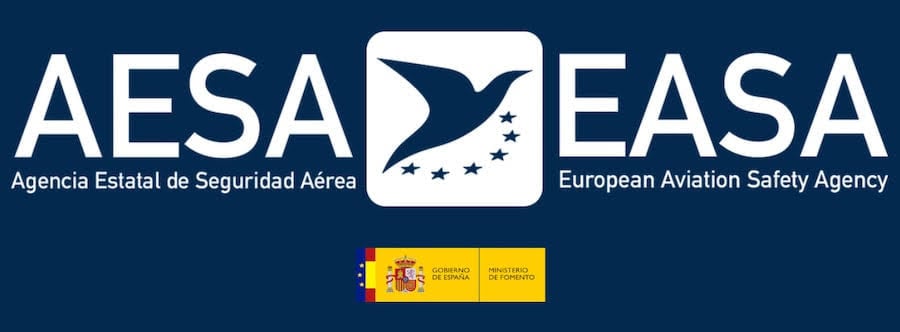If you missed our post about thrust force, you already know that every action has a reaction. Well, in today’s video we’ll go a step further and look at thrust vectoring: what it is, how it’s generated and what it’s used for. Viewing is a must! Don’t miss out it!
Thrust vectoring is the ability to direct the thrust generated by the engine in a trajectory other than parallel to the longitudinal axis of the aircraft. This technique was devised to enable aircraft to take off vertically (VTOL) or short (STOL).
But what was discovered as a result? Thanks to thrust vectoring, combat aircraft are able to perform much faster and more agile manoeuvres than with thrust generated by a conventional engine.
How thrust vectoring is generated?
If we push the air through the propellers backwards, the aircraft will propel itself forward. In a conventional aircraft, the trajectory is controlled mainly by the stabilising control surfaces, such as wings or flaps.
In contrast, aircraft using thrust vectoring can control it by ‘playing’ with the direction in which the engine’s combustion gases are propelled. But, how do they do this? By incorporating steerable nozzles, or also cardans, into the engine design.
The aircraft that make most use of thrust vectoring are mainly fighters, rockets and space shuttles.
And since everything is much better understood in video, here is this new episode of 1Minute Aviation in which we show you what thrust vectoring is and how it is created. Don’t miss it!



